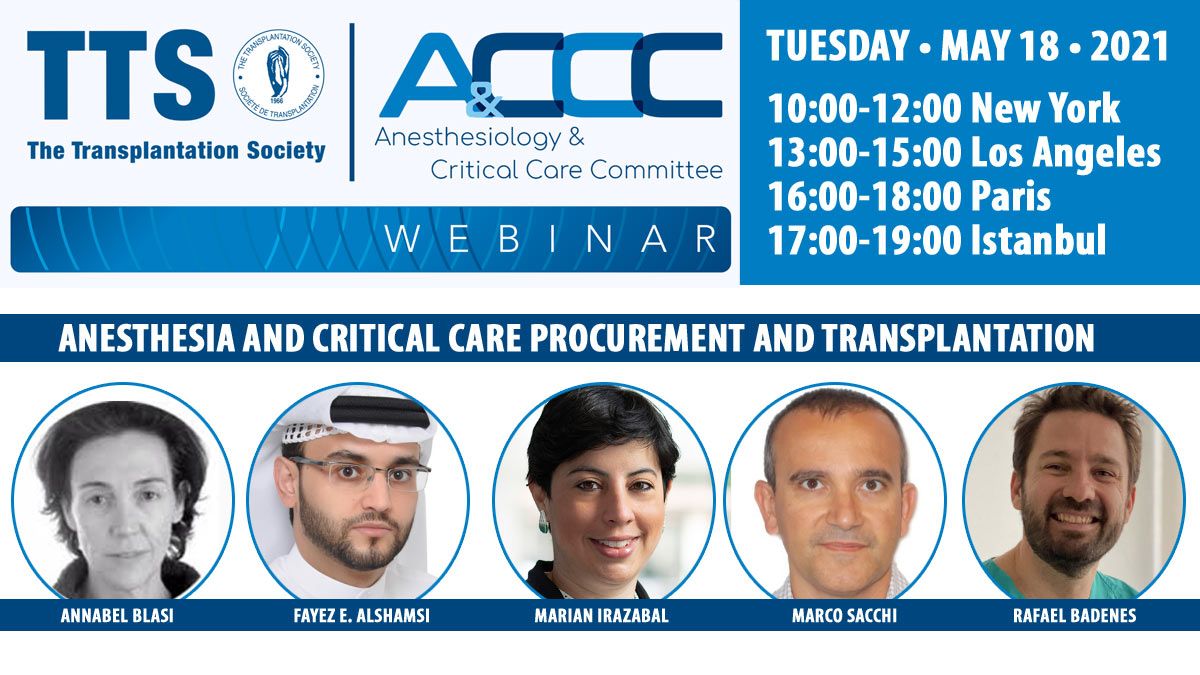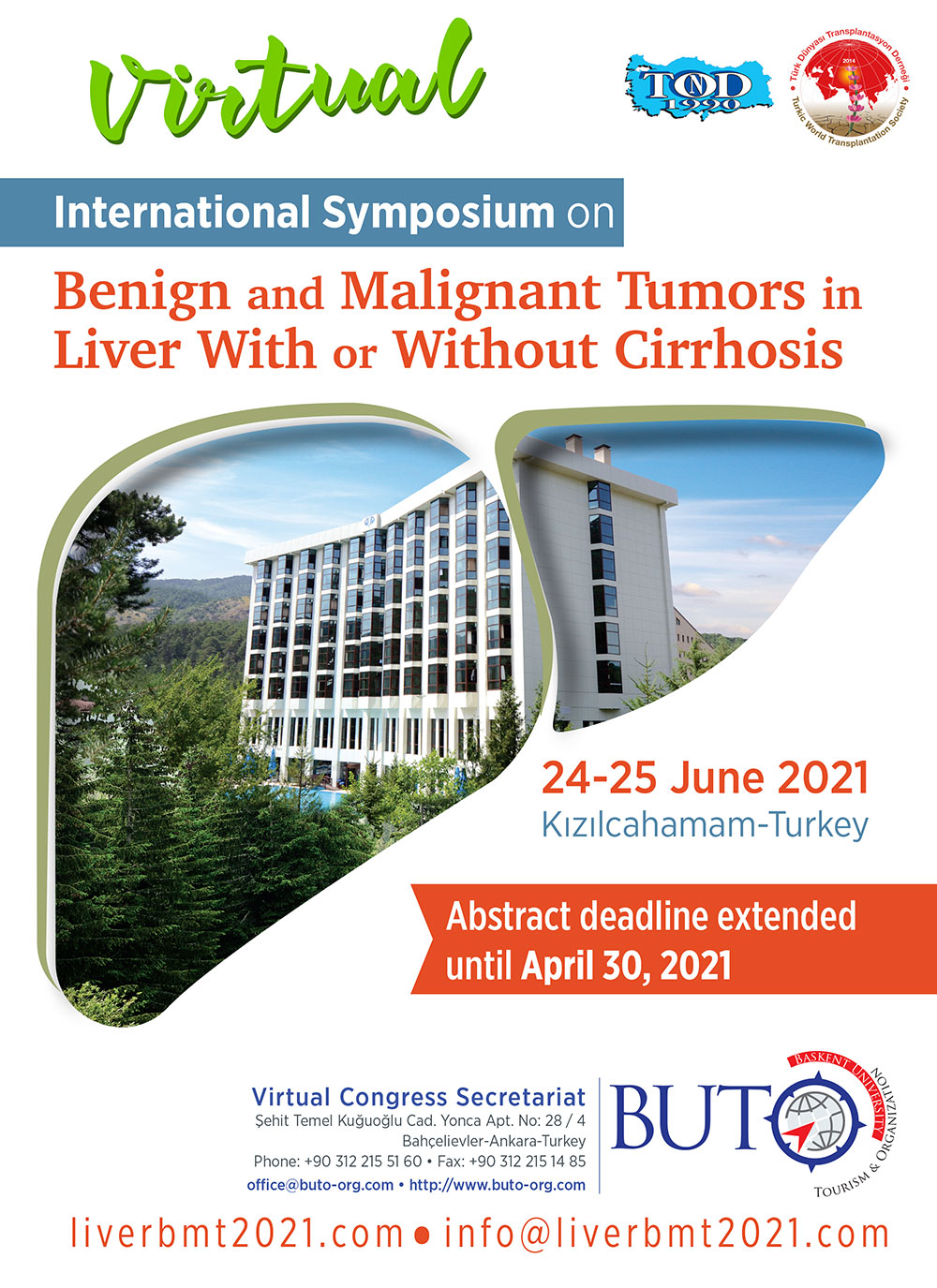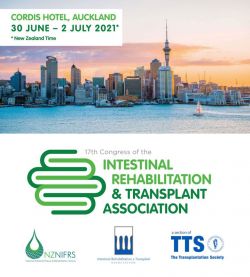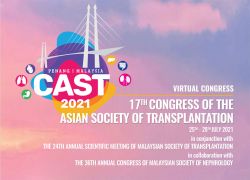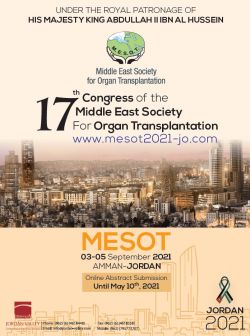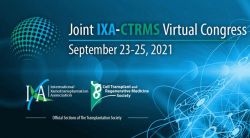
Impaired Humoral Response in Renal Transplant Recipients to SARS-CoV-2 Vaccination with BNT162b2 (Pfizer-BioNTech)
Johannes Korth et al.
Viruses, 2021 Apr 25;13(5):756. doi: 10.3390/v13050756.
Viruses, 2021 Apr 25;13(5):756. doi: 10.3390/v13050756.
The severe acute respiratory syndrome coronavirus-2 (SARS-CoV-2) has a major impact on transplant recipients, with mortality rates up to 20%. Therefore, the effect of established messenger RNA (mRNA)-based SARS-CoV-2 vaccines have to be evaluated for solid organ transplant patients (SOT) since they are known to have poor responses after vaccination. We investigated the SARS-CoV-2 immune response via SARS-CoV-2 IgG detection in 23 renal transplant recipients after two doses of the mRNA-based SARS-CoV-2 vaccine BNT162b2 following the standard protocol. The antibody response was evaluated once with an anti-SARS-CoV-2 IgG CLIA 15.8 +/- 3.0 days after the second dose. As a control, SARS-CoV-2 IgG was determined in 23 healthcare workers (HCW) and compared to the patient cohort. Only 5 of 23 (22%) renal transplant recipients were tested positive for SARS-CoV-2 IgG antibodies after the second dose of vaccine. In contrast, all 23 (100%) HCWs were tested positive for antibodies after the second dose. Thus, the humoral response of renal transplant recipients after two doses of the mRNA-based vaccine BNT162b2 (Pfizer-BioNTech, Kronach, Germany) is impaired and significantly lower compared to healthy controls (22% vs. 100%; p = 0.0001). Individual vaccination strategies might be beneficial in these vulnerable patients.
Contact
Address
The Transplantation Society
International Headquarters
740 Notre-Dame Ouest
Suite 1245
Montréal, QC, H3C 3X6
Canada
Используйте Вавада казино для игры с бонусом — активируйте промокод и начните выигрывать уже сегодня!





